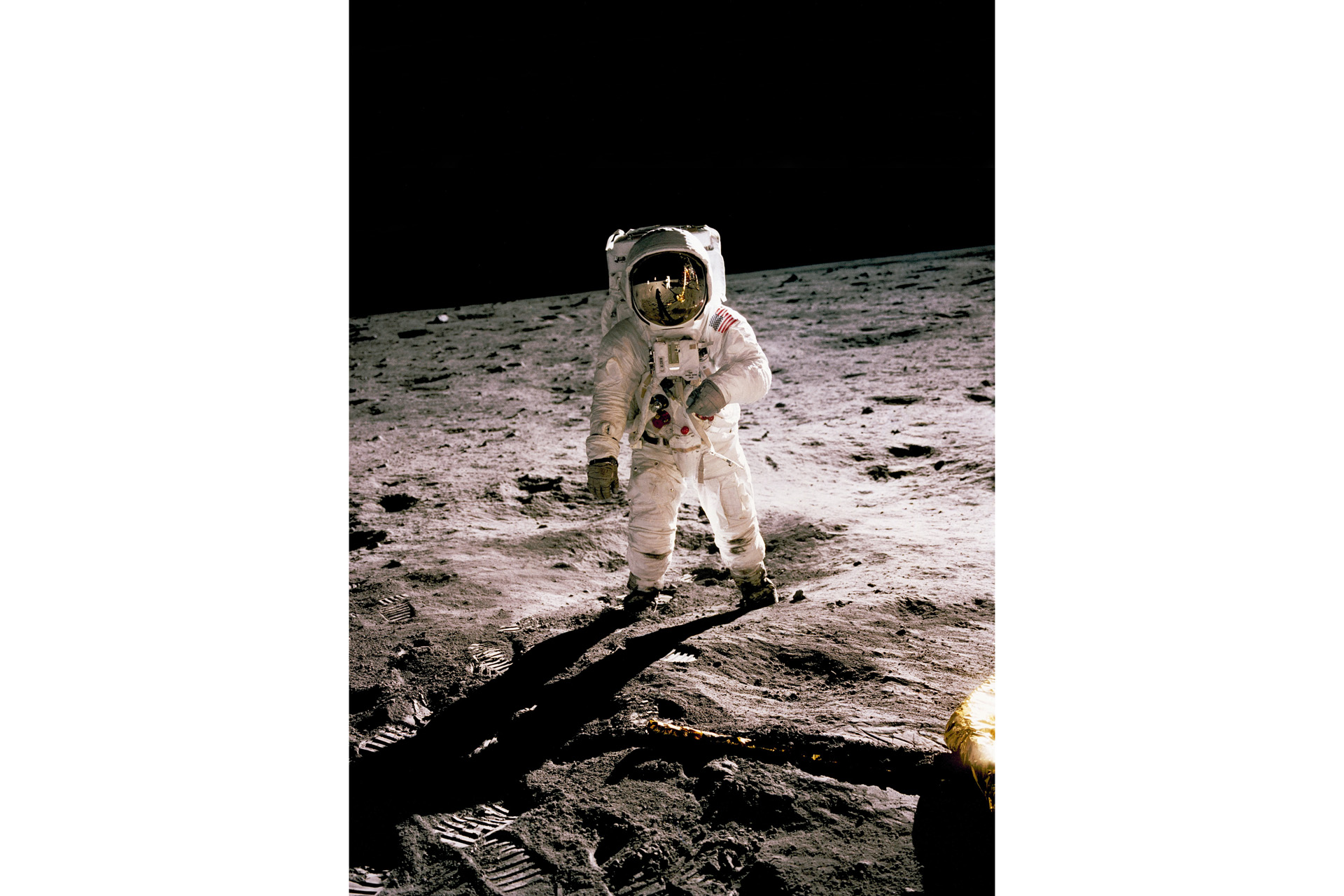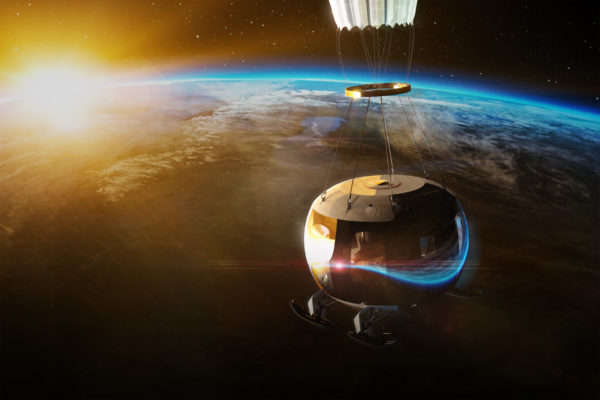Let’s Move To… The Moon?
By
2 years ago
We could be setting up shop by the end of the decade

NASA is aiming to put scientists back on the moon by the end of 2025, and Rolls-Royce has funding to build a nuclear reactor for a lunar base – meaning humans could be living on the moon in as little as seven years. But what might that look like? And when should we start planning our big lunar move?
When Will Humans Live On The Moon?
Astronauts haven’t set foot on the moon in 50 years, but space travel has never been so accessible. Elon Musk’s SpaceX and Richard Branson’s Virgin Galactic are angling to increase commercial flights ASAP, while the European Space Agency is grappling to get back in on the game. Meanwhile, companies promising hot air balloon style flights into the stratosphere are all the more frequent.
Of course, ‘accessible’ is a loose term. There’s still a hefty price tag attached to anything space related, but Virgin Galactic’s first two six-passenger commercial flights have launched a mother-daughter duo and a former Olympian into space – meaning non-astronauts are now successfully journeying off Earth. Passengers on the third commercial flight, which launched on 8 September, reportedly purchased their tickets as early as 2005.
While some reports claim that space tourism won’t be relatively affordable until the middle of the century, serious advancements in space exploration are being made right now, especially where the moon is concerned. Authors have dreamed about moon colonies for centuries, but NASA actually plans to have a moon base by 2030 as part of its Artemis Program. (Pick up Andy Weir’s aptly named novel Artemis to really immerse yourself in what this might look like.)
Plus, scientists at Bangor University – backed by the likes of Rolls-Royce and NASA – are making this seem like a realistic goal: they have designed nuclear fuel cells the size of poppy seeds that could sustain life on the moon, called Triso Fuel. If all goes to plan with the Artemis Program, humans will be living on the moon by the end of the decade – that’s as little as seven years.

Apollo 11 astronaut Buzz Aldrin walks on the surface of the moon on July 20, 1969, in a photograph taken by Neil Armstrong. Photo by History in HD on Unsplash
What Will Life On The Moon Look Like?
For one, you won’t get much fresh air: the moon doesn’t have an atmosphere, so freely gulping the open air as we do on Earth isn’t really an option. Instead, huge structures could be built to house everyone in a sci-fi warren, filled with breathable air and protected from the icy temperatures that a lack of atmosphere subjects the moon to. Triso Fuel would work as a micro nuclear generator – an ideal heat and energy source to make moon living possible, that is lightweight and easily transportable from Earth to the moon.
So, would you move to the moon? If you fancy it soonish, it’s probably time for a career change into space exploration and/or mineral extraction. That’s right: the final frontier is thought to have ubiquitous mineral deposits like titanium, lithium, silicon, iron, all extremely valuable in our tech-driven society – hence why everyone’s so interested in making the leap there.
As for Triso Fuel, it’s not only the moon that benefits: these efficient fuel cells could be used in a variety of contexts, including to provide energy to disaster zones that have been cut off from electricity.






